Queen Medb’s Message to Me

One of my most cherished experiences in Ireland happened during my visit to County Sligo, a region to which I have ancestral ties. County Sligo holds particular significance in my family history as it served as a refuge for the Hart’s of Tara, after the invasion of King Henry of England in the 12th century. The Harts and the O’Connors, prominent clans of Sligo, maintained their importance until the 17th-century invasion led by Oliver Cromwell of England.
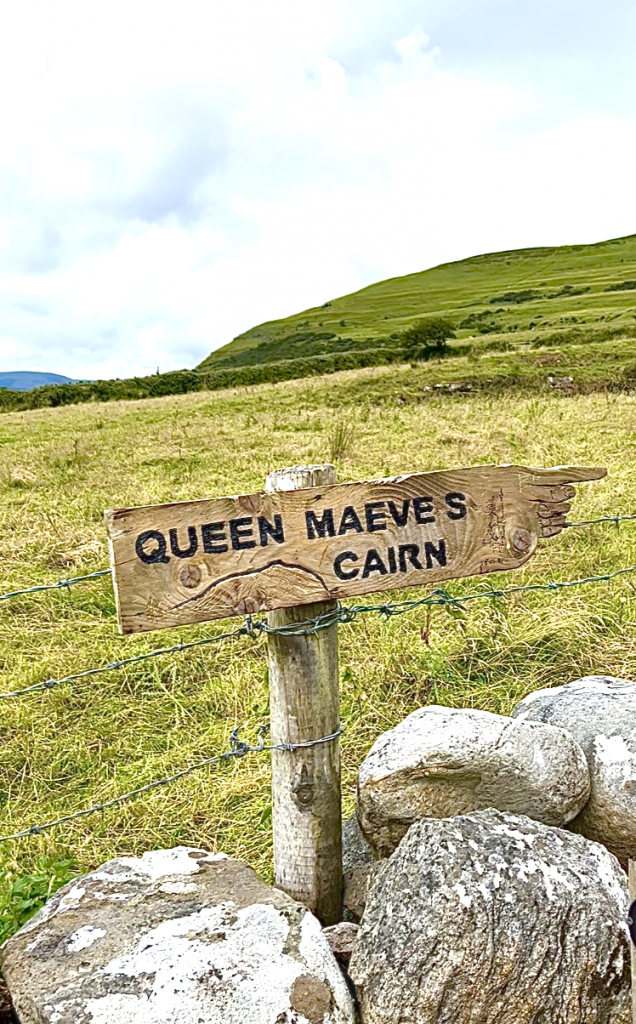
Queen Medb’s burial Carin is at Knocknarea, high on the hills of Sligo, overlooking Sligo Bay and the Atlantic Ocean.

Who Was Queen Medb?
Queen Medb (anglicized as Maeve) is a celebrated as a formidable Celtic Queen. Oral tradition tells that she descends from the High Kings of Tara, her father, Eochaid Feidlech, was King of Connaught, and then High King of Ireland 1st C BC. Following her father’s reign, Queen Medb assumed the mantle of Queen of Connaught, solidifying her pivotal role in the annals of Celtic history. Queen Medb’s narrative intertwines historical accounts with elements of the fantastical, portraying her as a multifaceted persona encompassing roles as an Irish Celtic queen, warrior, and goddess of the Tuatha Dé Danann.
It is said that Queen Medb was once married to Cormac Mac Airt (an ancient Hart ancestor). This seems unlikely to me as Cormac would not have been born during her lifetime, if one is to believe the assumed timeline of her reign. Sorting the myth of Queen Medb from the legend is something I would love to attempt, though it would require serious PhD—style research.

Queen Medb’s Message…
I meditate at ancient sites to clear my mind and enhance my receptiveness to the historical and spiritual essence of each location. As I meditated at Queen Medb’s Cairn, I experienced a distinct sensation as if warm, substantial objects were placed in each of my palms. Also, in my mind’s eye, three circles appeared, similar to the circles placed on a map to indicate a city or town. As the meditation continued, the mental image of an arrow pointing North West, appeared. When I finished the meditation, I regaled my family with the heaviness I felt in my palms and the images that appeared in my mind.
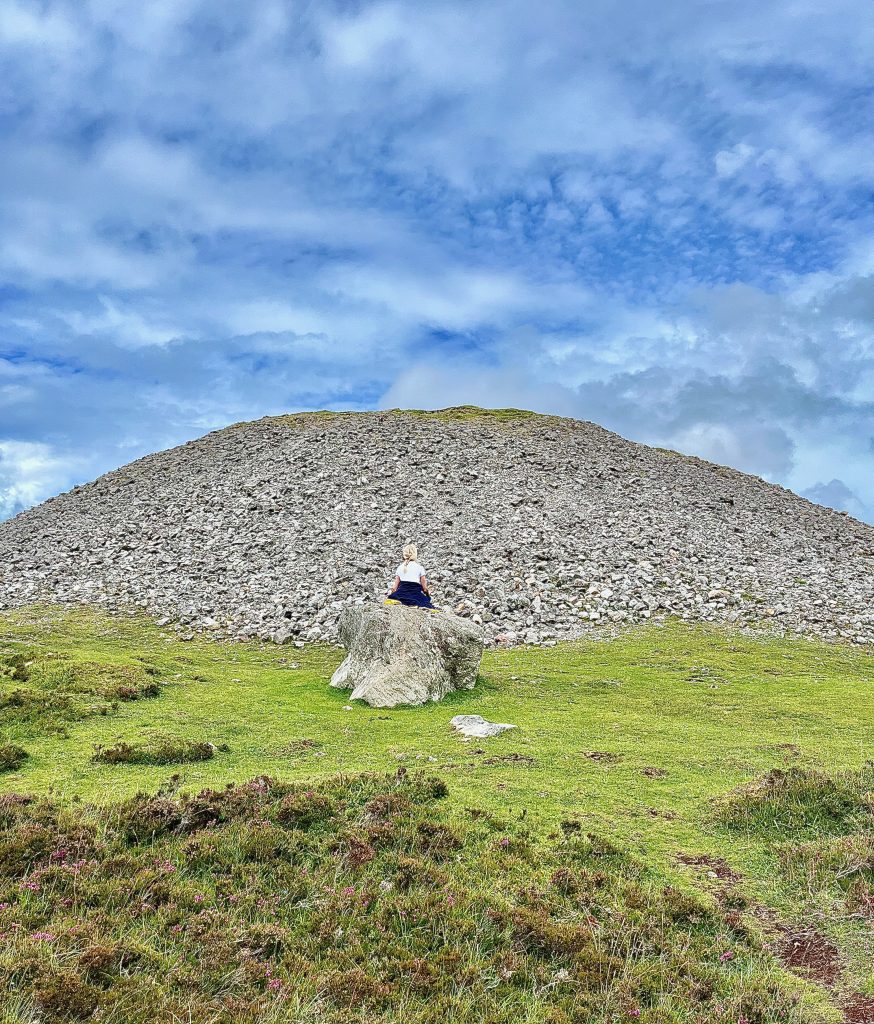
Later, on the same day, we toured Carrowmoore, an expansive ancient mega-lithic site with an onsite historical exhibit, which provided information on Queen Medb.
What I discovered at Carrowmoore blew my mind!
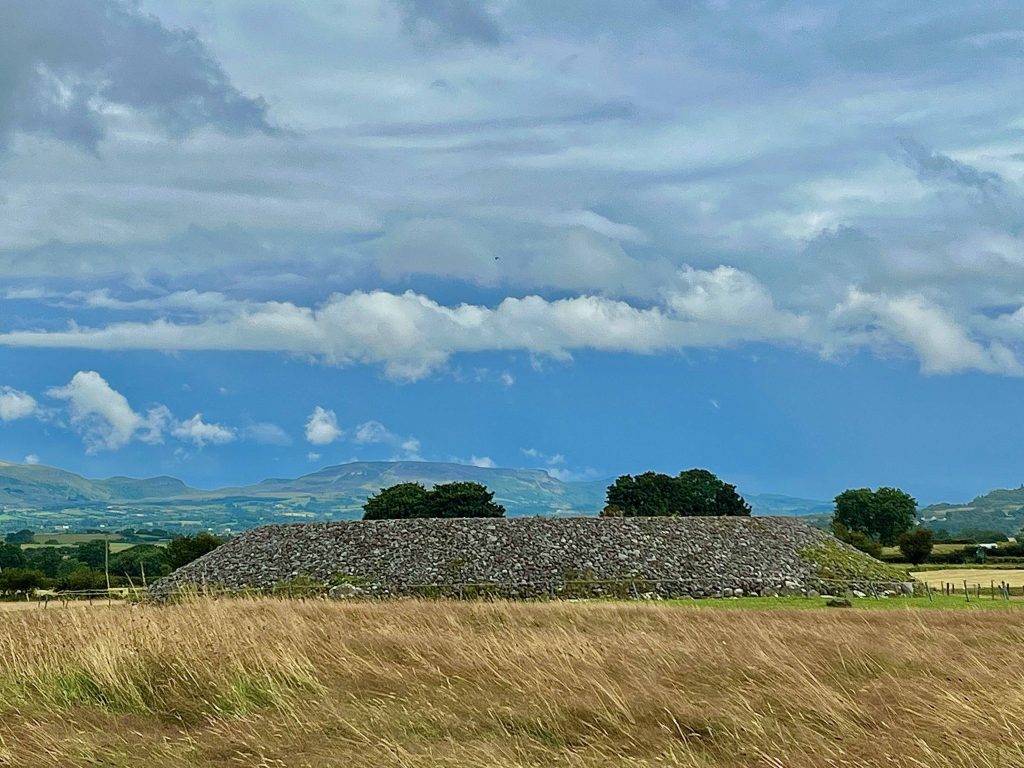
According to local oral tradition, Queen Medb’s burial is described as unique; she was interred in a standing position, facing North West—presumably toward her enemies. She was adorned in warrior regalia, wielding a sword in one hand and grasping a shield in the other.
The mental imagery of an arrow pointing in the North West direction during my meditation aligns intriguingly with the very direction Queen Medb is said to be facing. Furthermore, the warm, weighty sensations I experienced in my palms during meditation may be a symbolic connection to Medb’s ceremonial sword, spear, and shield. However, the significance of the three circles observed in my meditation remained a facet yet to be deciphered…
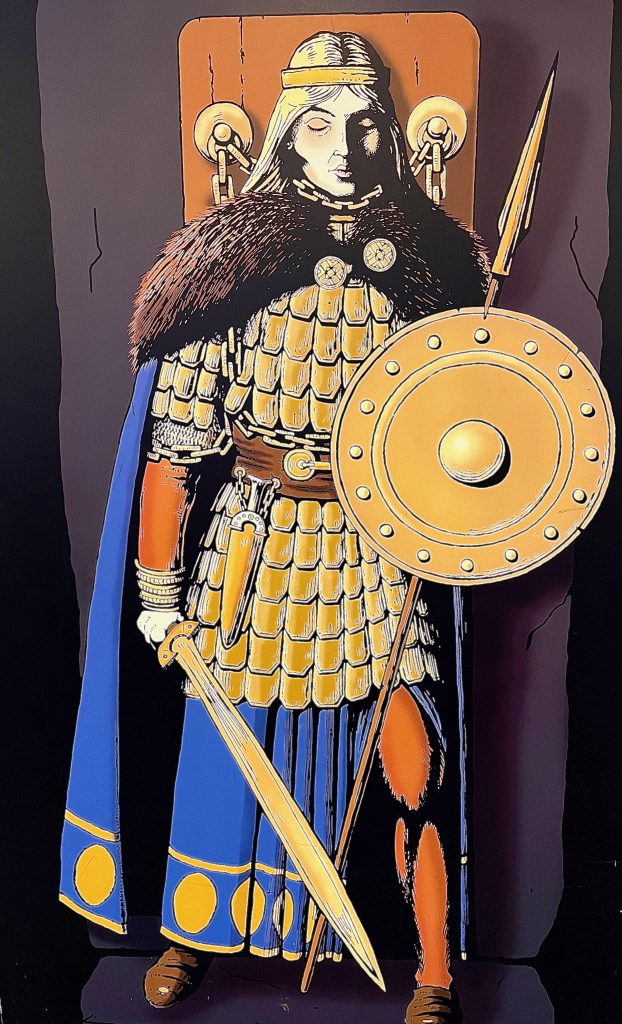
Upon inquiry into Hart family history, I unveiled a compelling correlation. It came to light that the arrow that I observed during meditation, directly aligns with the geographical orientation of Grange—the exact village where the ancestral Hart Clan resided prior to the 17th C Cromwellian Invasion. This leads me to entertain the notion that I may have received celestial guidance, possibly from my ancestors, or Queen Medb, during the meditative experience.
Notably, The village of Grange was the epicenter of the Sligo Hart Clan. Grange’s original name was: Grange Muintir Hart.
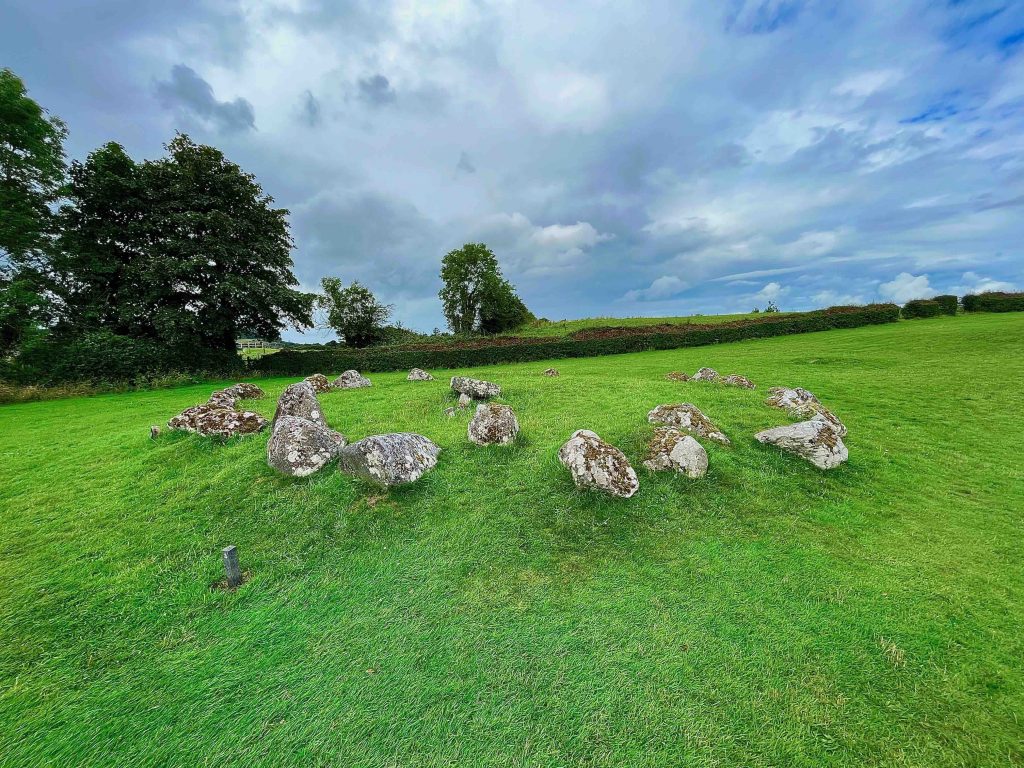
Further investigation into the historical lineage of the Hart family unveiled the existence of multiple Hart castles situated in Sligo prior to the era of Cromwell. Regrettably, these ancestral lands underwent confiscation by Cromwell, subsequently transferring ownership to the Gore-Booth family of England. Notably, the Gore-Booth family retains possession of some ancestral Hart lands to this day.
In the course of my research, I identified three ancestral Hart castles that contribute to the unfolding narrative of my familial heritage. Perhaps these three castles are the intended meaning behind the three circles that manifested during my meditation:
-Hugh Hart built a castle and seven cottages in Grange, Sligo in 1604.
-Ardtermon Castle County Sligo, home of Knight Pheolyme O’Hart in 1585.
-Hart Newtown Castle: stolen by British in 1672.

It has been disheartening for me to discover alterations in Irish history subsequent to British colonization. A pervasive consequence of this historical revisionism is the erasure of numerous Irish Clans and their ancestral lands, with historical narratives placing emphasis on the post-colonization English landlords. Unearthing the original Irish Clan lands and castles necessitates a meticulous and dedicated research effort.
Below is my clip of Queen Medb’s Cairn and the breathtaking Atlantic Ocean view.
Sources
Carrowmoore Megalithic cemetery Interpretive Exhibit, Queen Medb, County Sligo, Ireland.
University of Galway, Moore Institute for Research in the Humanities and Social Studies, Landed Estates Ireland’s landed estates and historical houses, C1700-1914, Ardtermon Castle. https://landedestates.ie/property/337
Maup van de Kerkhof, Medb: Queen of Connacht and Goddess of Sovereignty, History Cooperative, January 27, 2023, https://historycooperative.org/medb/.
O’Hart, John, Irish Pedigrees. Volume 2, Chapter IV, 1892, pp 351- 709.


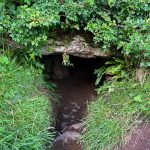
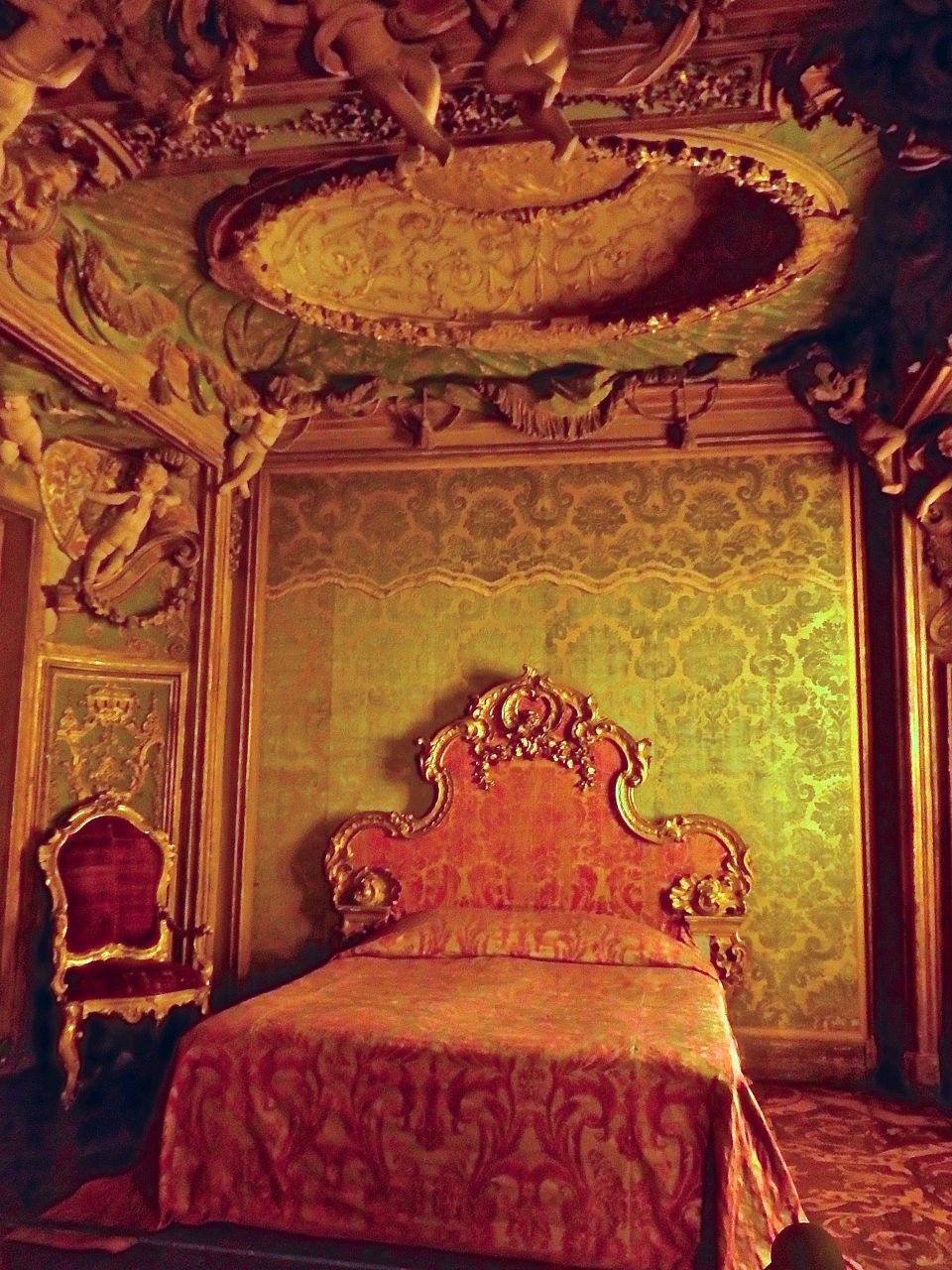




Leave a Reply